Have you noticed how many crossovers and SUVs are on the roads? They are popular because of their cool designs and useful features. In the Crossover vs SUV Comparison, crossovers, for example, have become very popular.
-
In 2000, they made up less than 4% of cars sold.
-
By 2018, they grew to almost 40% of the market.
This shows why city drivers like them so much. SUVs, however, are still loved for tough roads and big jobs. Knowing the main differences in the Crossover vs SUV Comparison can help you pick the best one for you.
Key Takeaways
-
Crossovers weigh less and use less gas than SUVs. They are great for city driving and everyday use.
-
SUVs are better for off-road trips and towing heavy loads. They work well for outdoor fun and tough jobs.
-
Think about what you need, like road type and storage, to pick the best vehicle for you.
Structural Differences in Crossovers and SUVs
Platform and Build (Unibody vs. Body-on-Frame)
How a vehicle is built affects how it works. Crossovers have a unibody design. This means the body and frame are one piece. This makes them lighter and saves fuel. It also helps them handle better, like a car. You’ll notice this when driving in cities or on highways.
SUVs are made with a body-on-frame design. The body is placed on a separate frame. This makes SUVs stronger for off-road trips. They are great for rough roads or heavy work. But this design adds weight. It uses more fuel and handles less smoothly than crossovers.
Size and Weight Variations
Crossovers are smaller and lighter than SUVs. This makes them easier to park and drive in tight spaces. They also have more room for passengers and cargo than sedans. Families like crossovers for their storage space. But they may use more fuel than smaller cars.
SUVs are bigger and heavier, which makes them safer. Larger vehicles protect better in crashes. Data shows big SUVs have fewer deaths than small crossovers. If safety matters most, an SUV is a good choice. But their size can make city driving harder.
Functional Differences in Performance
Off-road Capabilities
SUVs are better for off-road adventures. Their strong frames and higher ground clearance help on rough paths. Many SUVs also have four-wheel drive, making them great for uneven trails. This makes SUVs a favorite for outdoor lovers who explore tough terrains.
Crossovers are good for light off-road trips. Their lower ground clearance and unibody design limit them on rougher paths. Some crossovers have all-wheel drive, which helps on gravel or snowy roads. If you only go off-road sometimes, a crossover might work for you.
Towing Capacity
SUVs are stronger for towing heavy loads. Their sturdy frames and powerful engines make towing easier. For example:
|
Vehicle Model |
Towing Capacity (lbs) |
Notes |
|---|---|---|
|
2016 Chevrolet Traverse |
5,200 |
Seats 8 people and tows well with the right setup. |
|
2017 Audi Q7 |
7,700 |
Has a strong V6 engine and quattro all-wheel drive. |
|
2016 Acura MDX |
5,000 |
A luxury crossover with space for 7 passengers. |
|
2016 BMW X5 |
6,000 |
Offers sporty driving and good towing ability. |
Crossovers tow less because they are lighter. They can pull small trailers or bikes but not heavy loads. If towing is important, an SUV is the better pick.
Fuel Efficiency
Crossovers use less fuel than SUVs. Their lighter weight and sleek designs save gas. SUVs usually use more fuel, which makes them costlier for daily drives. But newer SUVs now use less gas than before, closing the gap.
-
Crossovers get better gas mileage than most SUVs.
-
Some new SUVs match sedans in MPG, making them competitive.
-
Both crossovers and SUVs cost more to own than sedans due to fuel use.
If saving gas is your goal, choose a crossover. But if you need a strong vehicle, the extra fuel cost may be worth it.
Practical Considerations for Buyers
Driving Experience and Handling
Crossovers drive like regular cars. Their unibody design makes them smooth and easy to control. They are great for city streets and highways. SUVs are built for tough conditions. Their body-on-frame design works well off-road but feels less smooth on paved roads. If you want comfort and easy driving, pick a crossover. But for rough terrains, an SUV is better.
Crossovers save more fuel and still have good space for passengers and cargo. This makes them great for daily use. SUVs use more fuel but are stronger for towing and last longer. Choose based on whether you need better handling or heavy-duty strength.
Interior Space and Comfort
Crossovers have lots of room for people and stuff. They usually have 1.5 times more cargo space than mid-size sedans. This makes them perfect for groceries, luggage, or sports gear. SUVs are bigger but often have less cargo space because of their design. However, SUVs are safer and protect passengers well.
If you want comfort and practicality, crossovers are a great choice. They have roomy interiors for passengers and belongings. SUVs feel safer and are better for people needing extra strength and durability.
|
Feature |
Crossovers |
SUVs |
|---|---|---|
|
Average Cargo Space |
1.5 times that of mid-size sedans |
Usually less than crossovers |
|
Fuel Economy |
10% less than mid-size sedans |
Lower than crossovers |
|
Cost |
Slightly more than mid-size cars |
Often higher than crossovers |
Cost and Maintenance Factors
Owning a car costs more than just the price tag. SUVs cost more to own because of bigger tires and frequent brake fixes. Towing or heavy use can also raise maintenance costs. Crossovers cost about 1.5% more to maintain than sedans, which is still affordable.
If you need a car for towing or off-roading, expect higher SUV costs. You can lower these costs by keeping up with maintenance. Crossovers are lighter and simpler, so they cost less to maintain for everyday driving.
Tip: Think about how you’ll use your car. Crossovers are great for city driving and light hauling. SUVs are better for rough use and towing.
Crossovers and SUVs are made for different uses. Crossovers are great for cities and save more gas. SUVs are better for rough roads and tough jobs.
Tip: Look at your daily needs. Think about the roads you drive, towing, family size, and money. These things will help you pick the best vehicle.


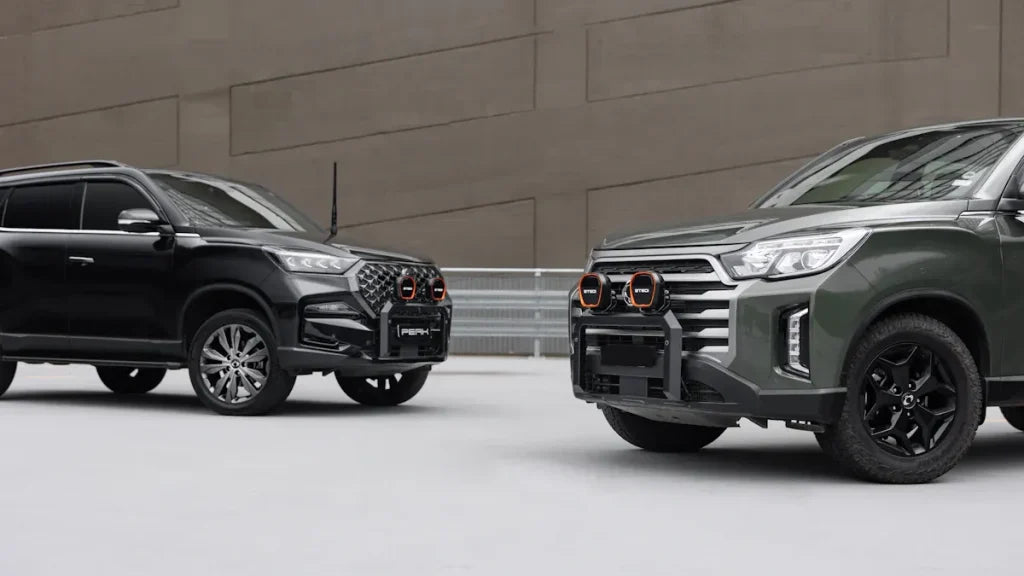
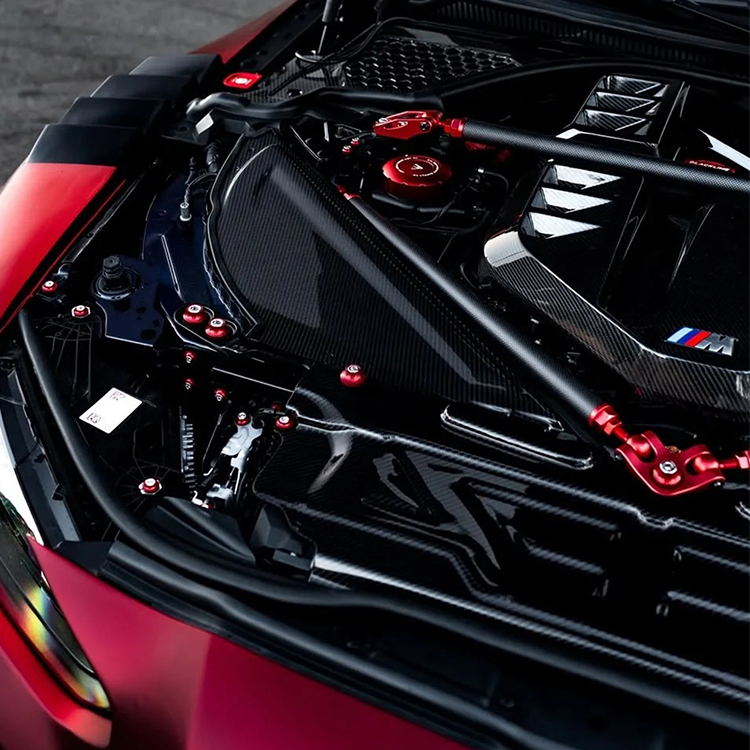
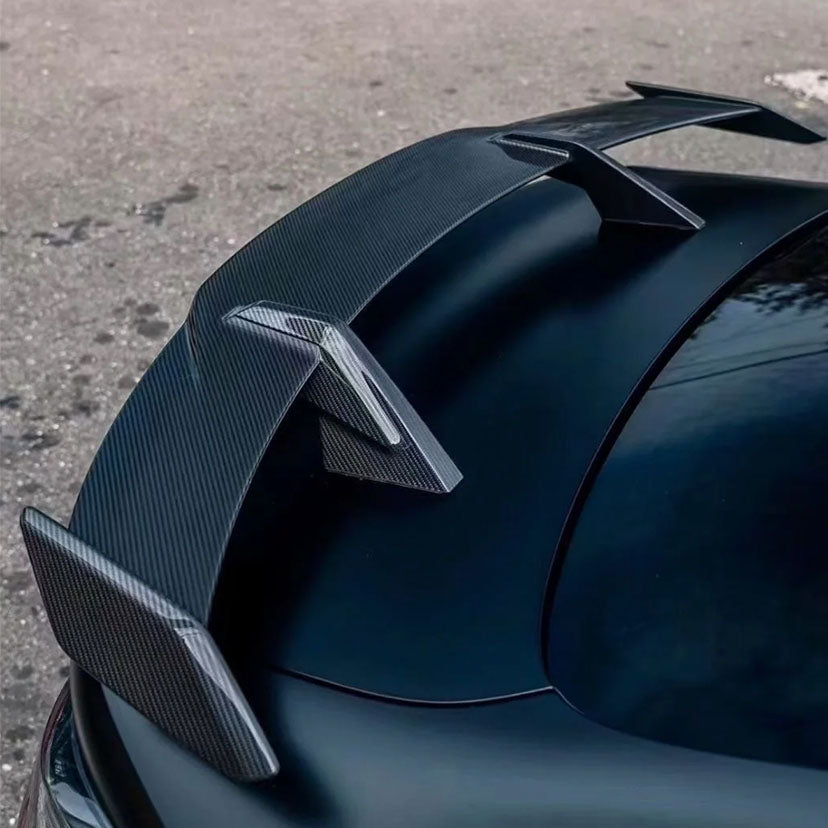
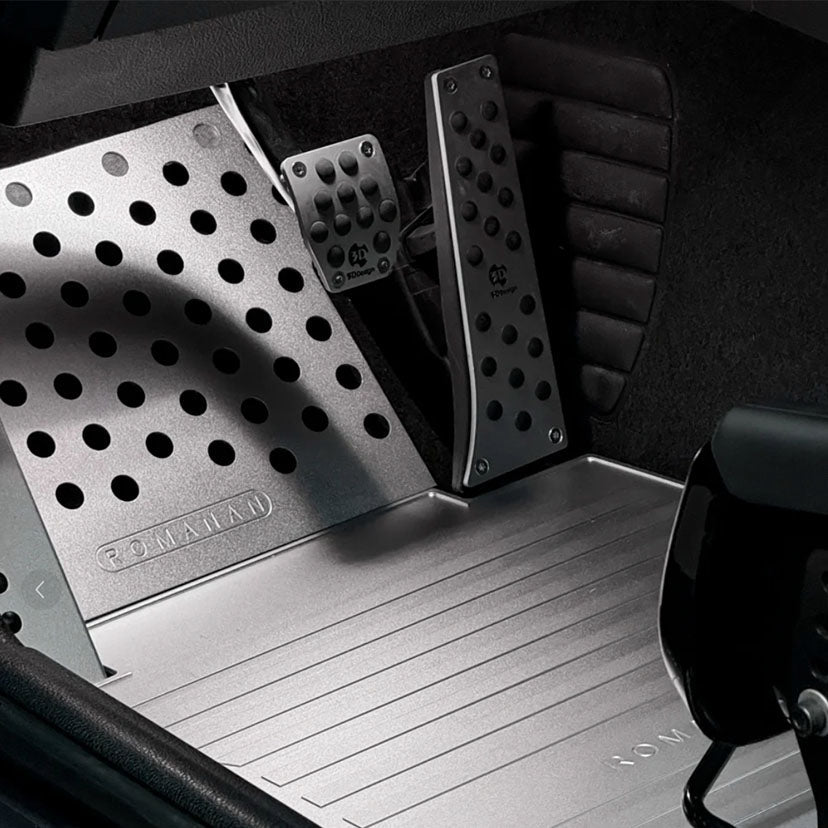
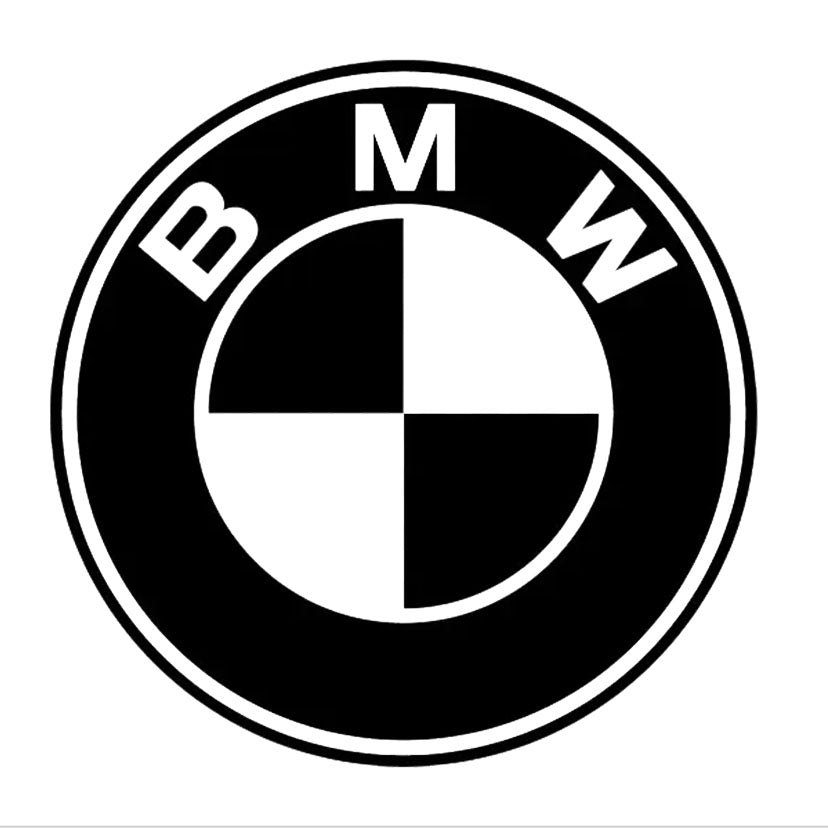
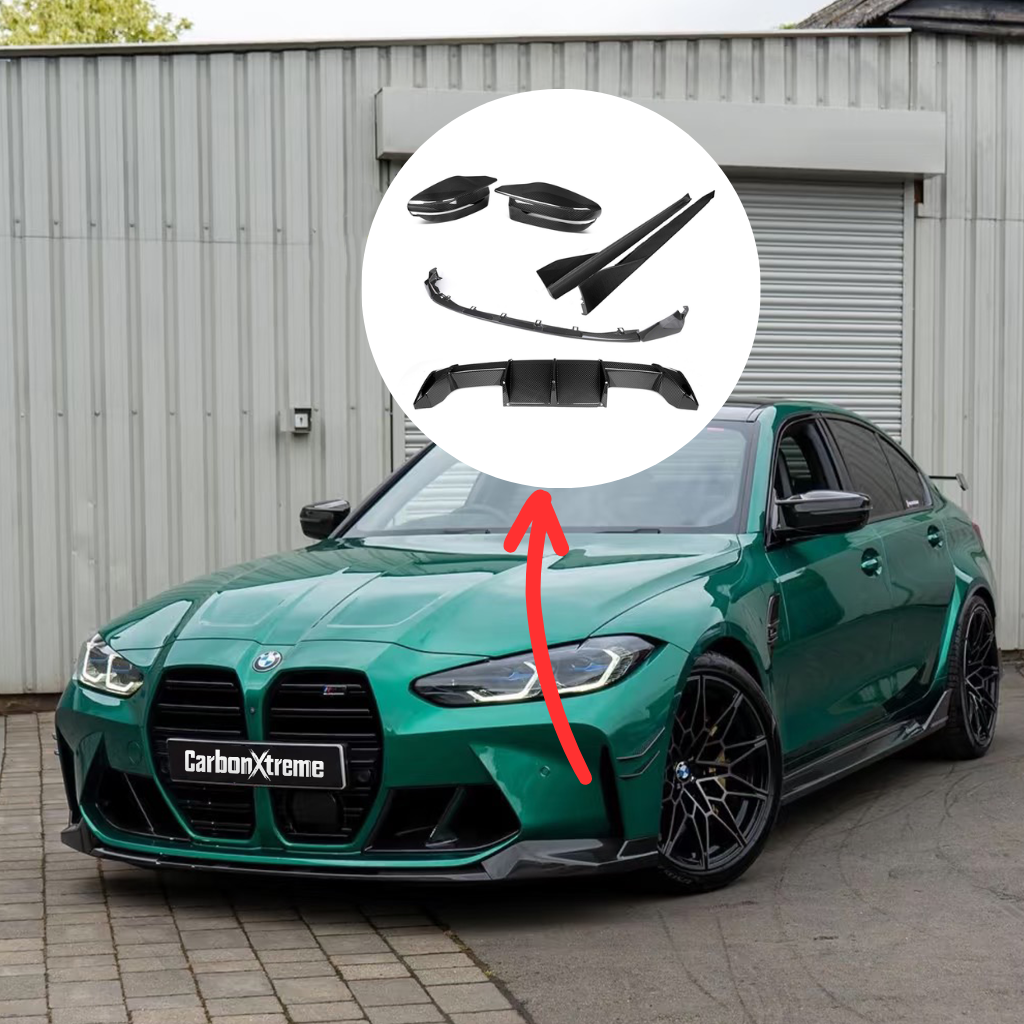
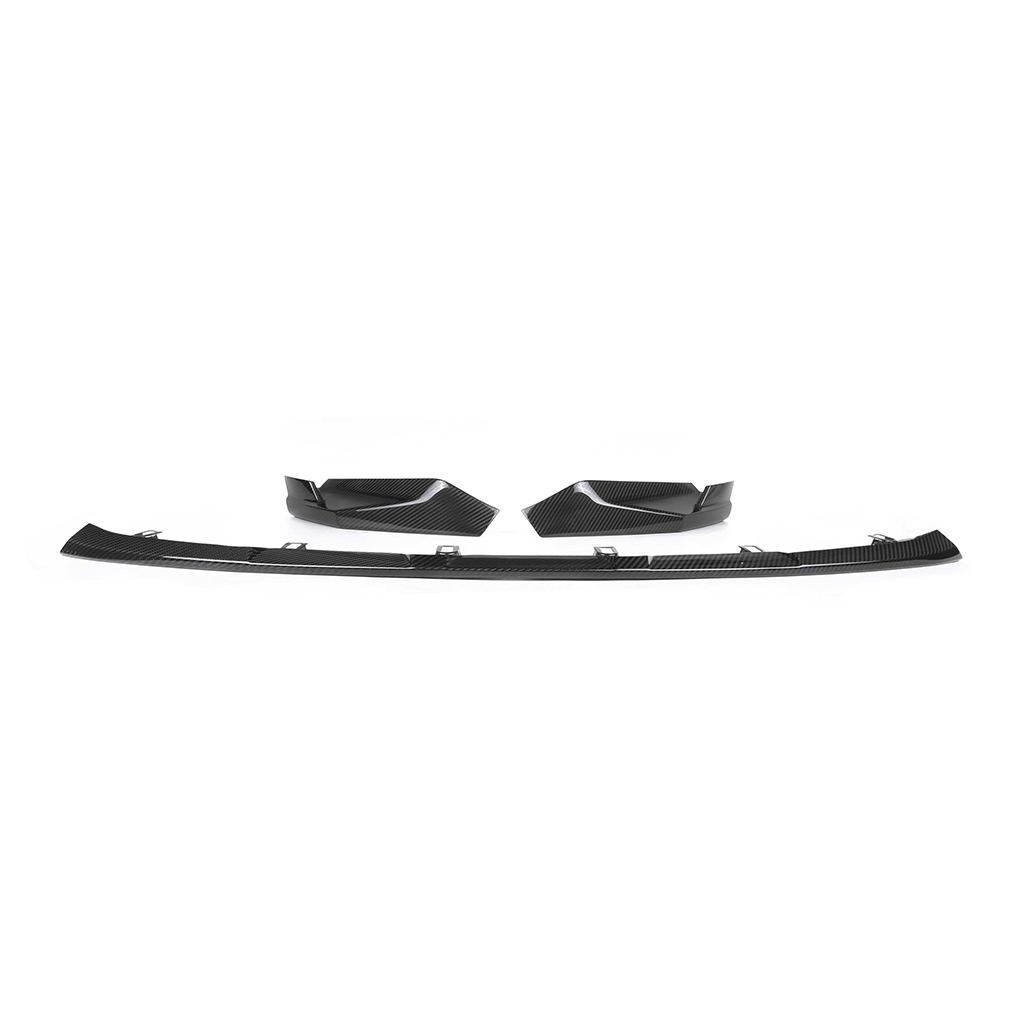
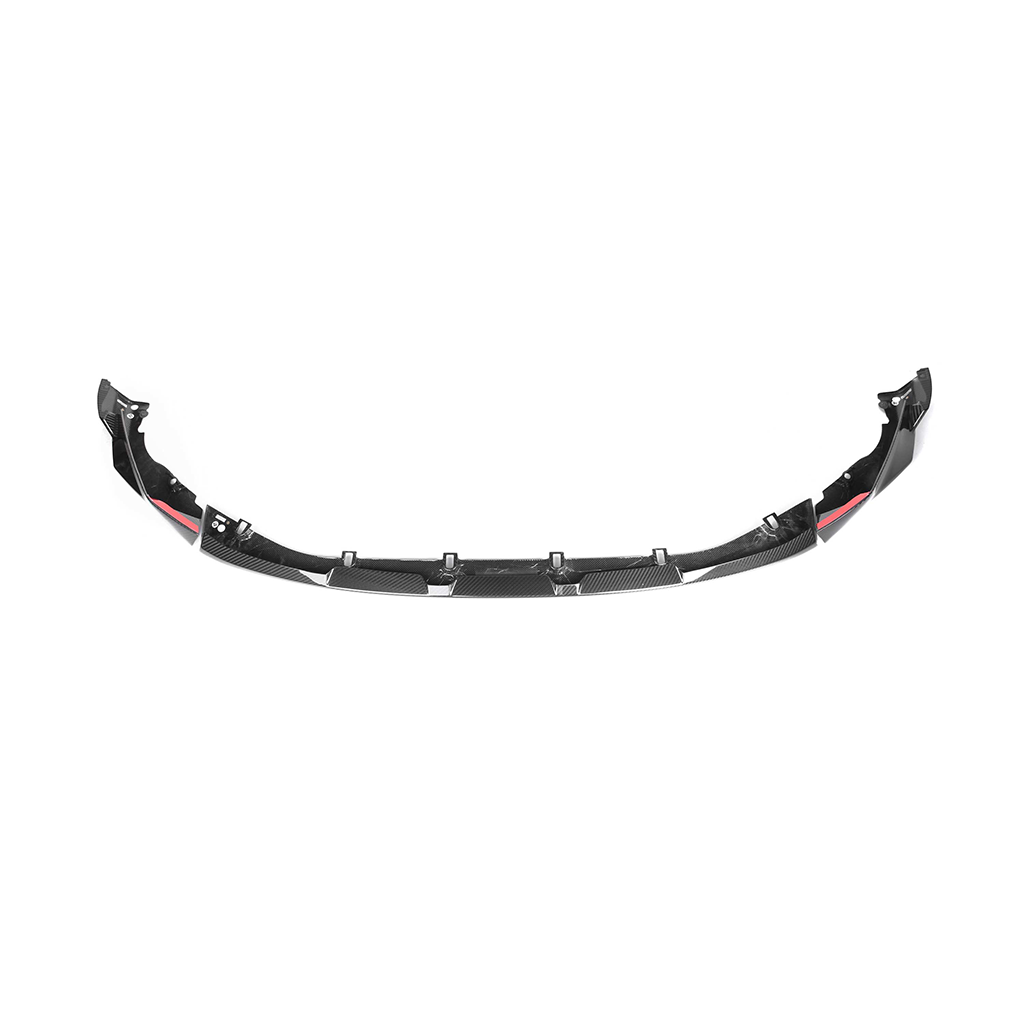
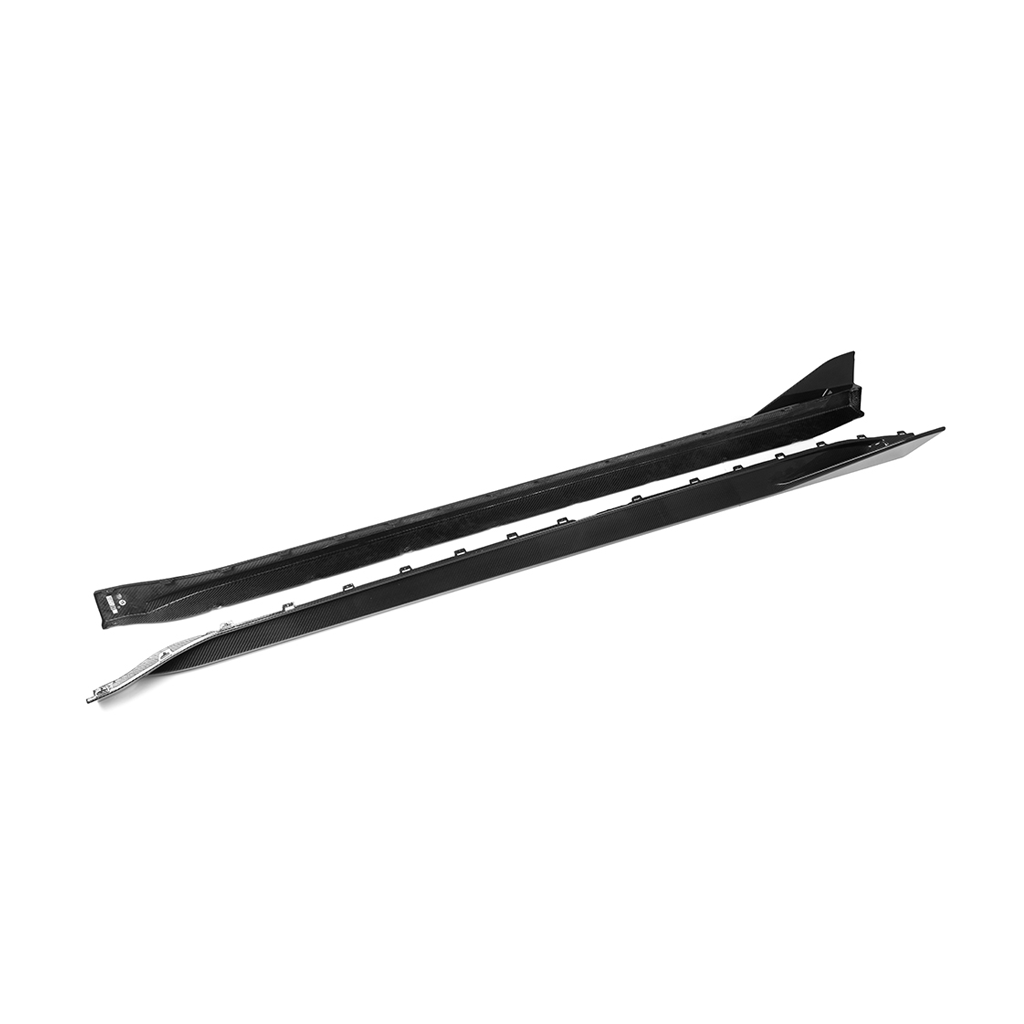
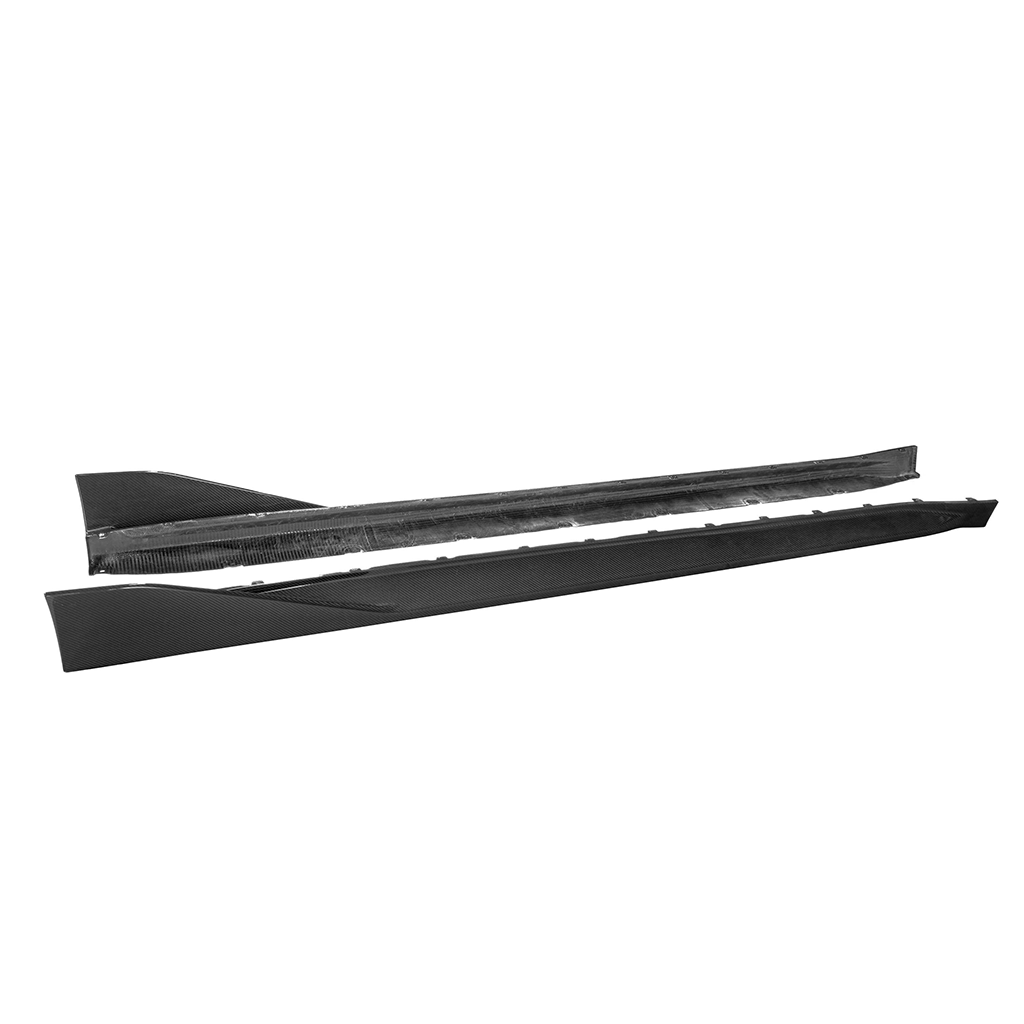
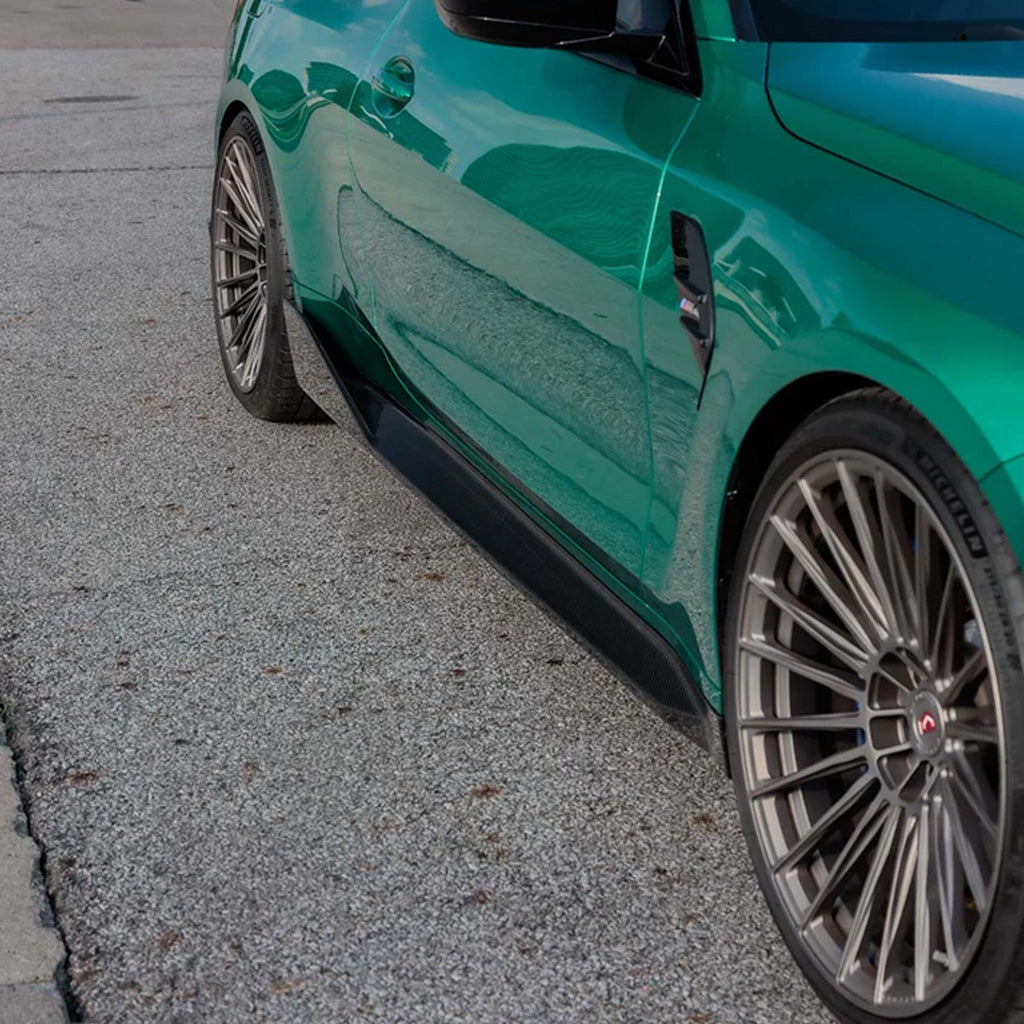



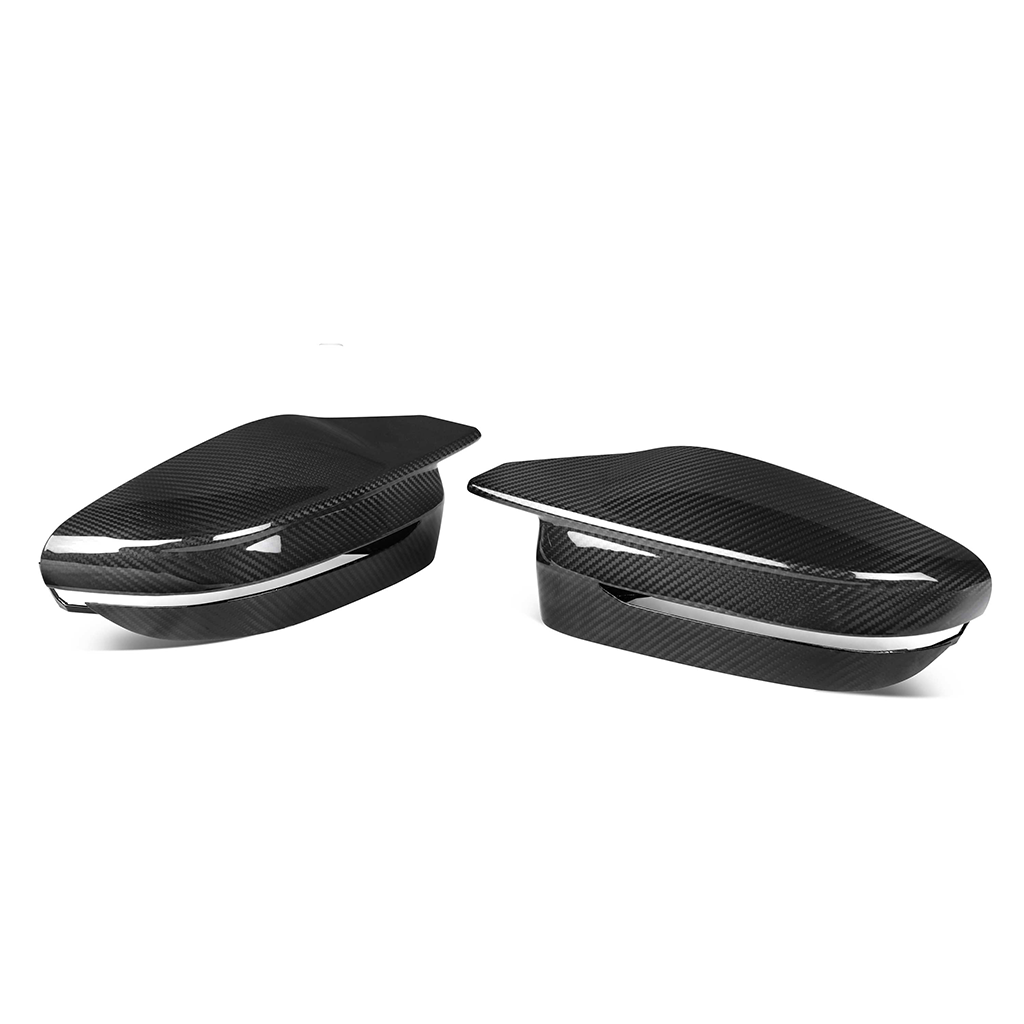
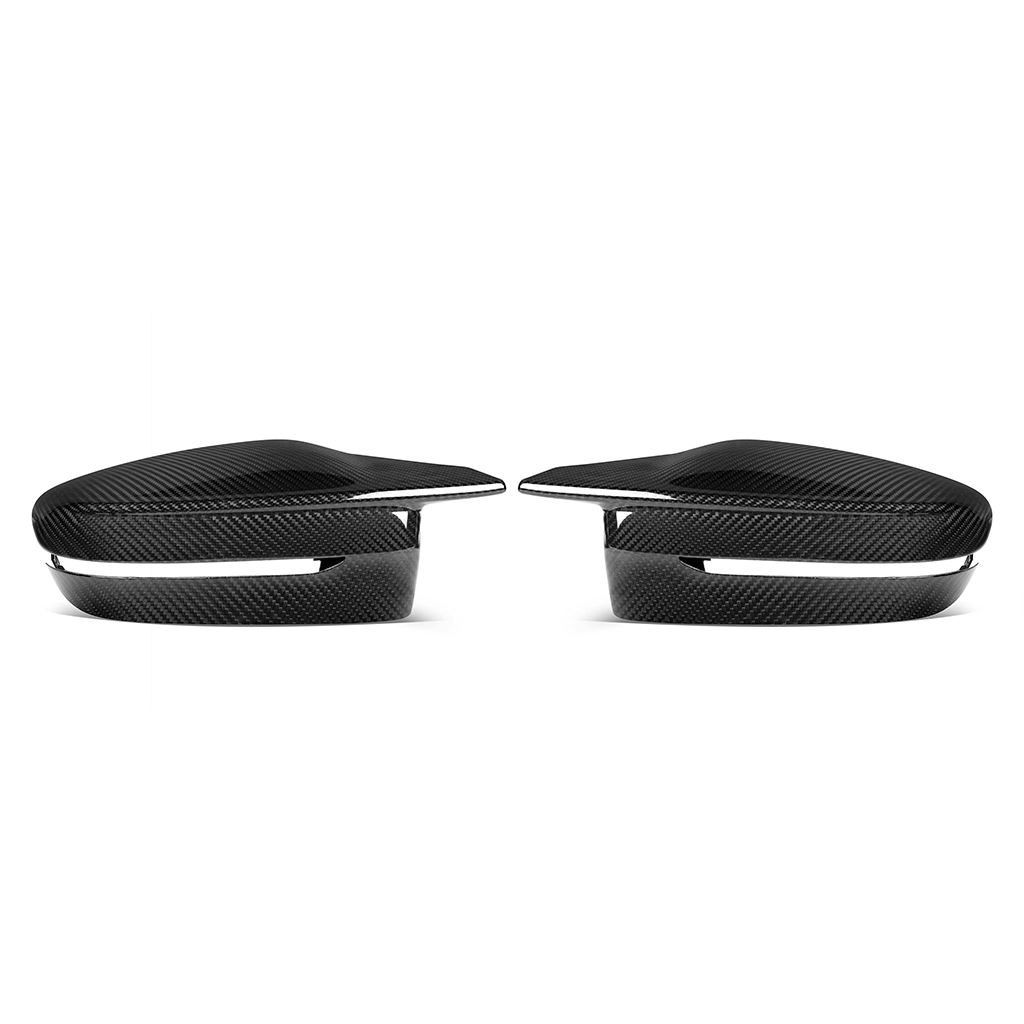
Share:
Top High-End Cars for 2025 and How They Compare
Should You Choose an Electric Car or a Hybrid in 2025